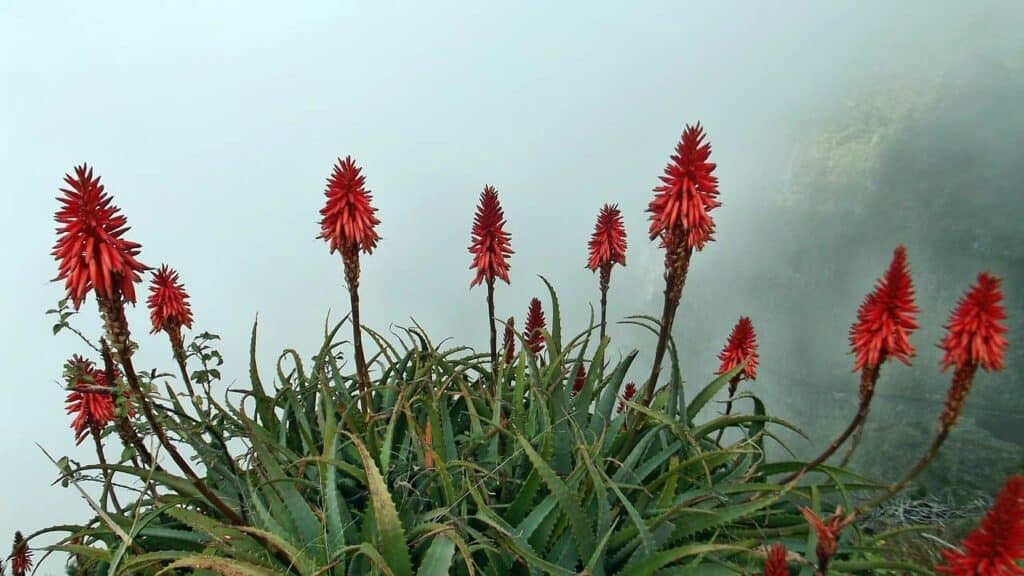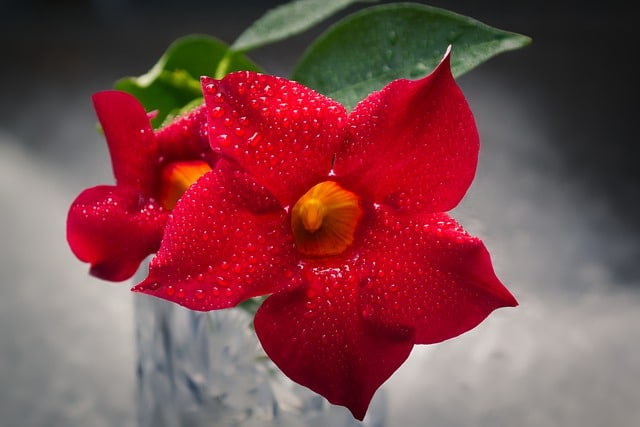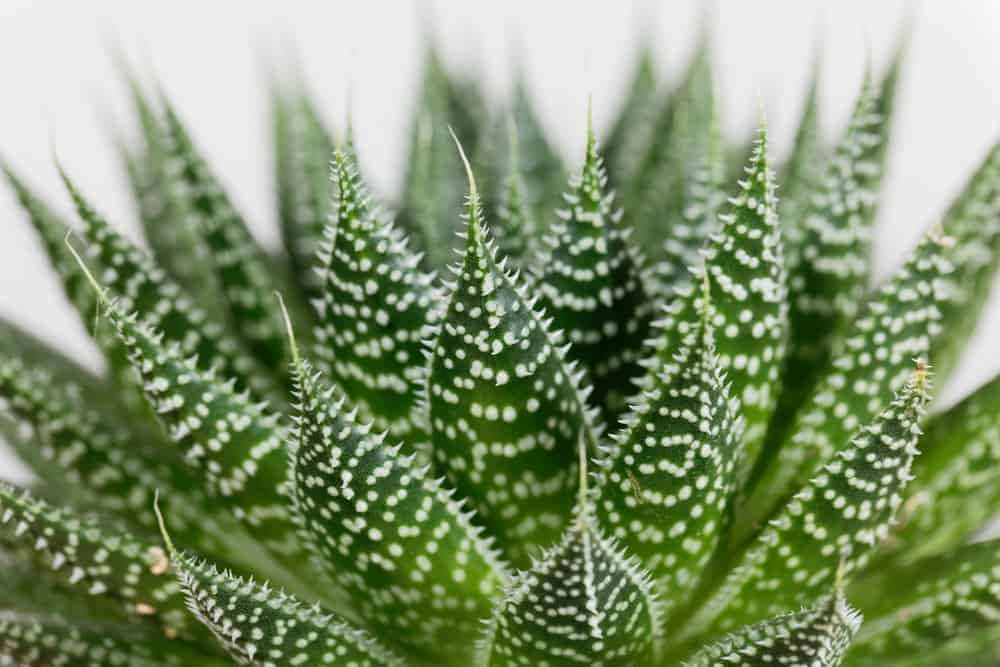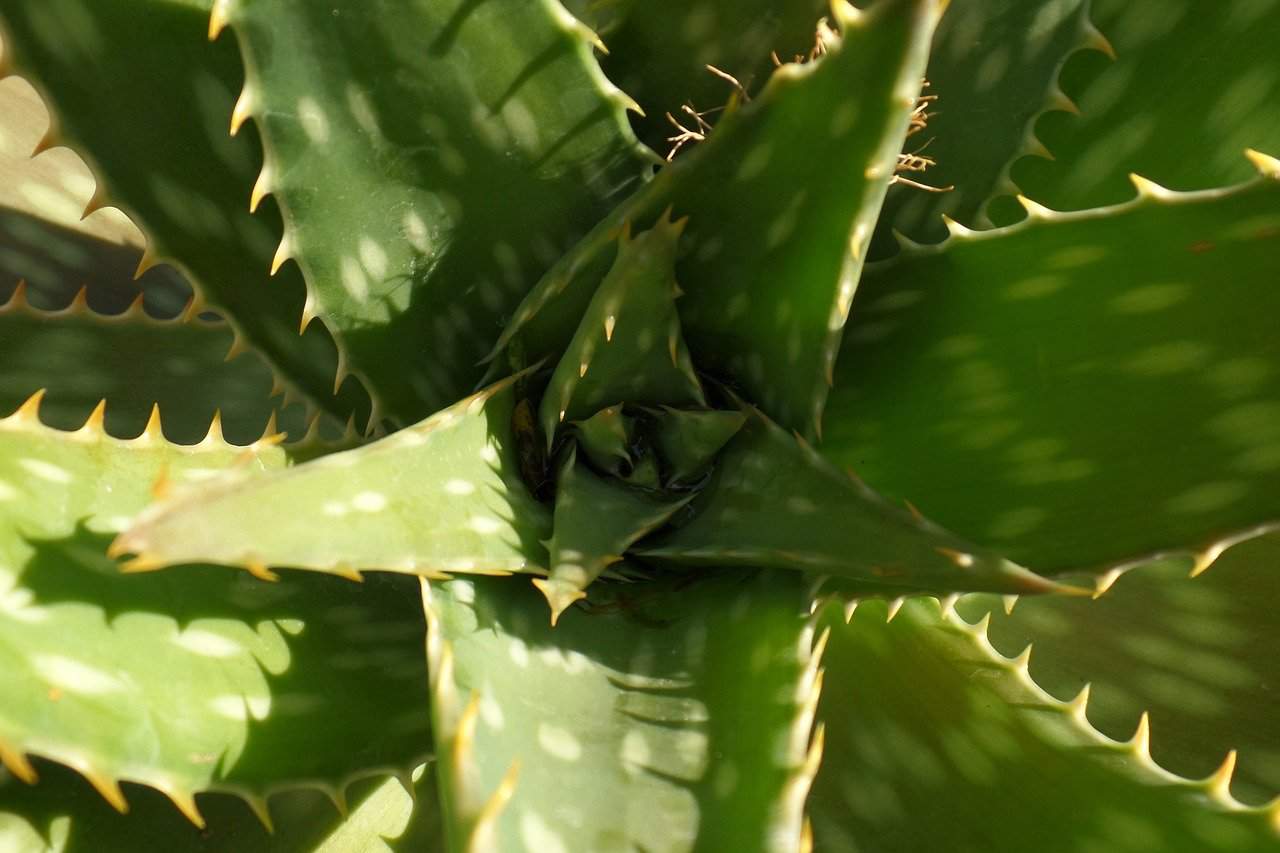Aloe Flower – History and Origin
Perennial plants are those which endure for a long period of time, aloe vera blooms from May to June and can be grown throughout the year. It has a short stem, or it can be stemless. The leaves have jagged edges and are fleshy and dense. Aloe barbadense miller is the scientific name for Aloe vera.
It is a perennial, xerophilous, succulent, pea-green plant that belongs to the Asphodelaceae (Liliaceae) family. It is mainly found in the dry areas of Africa, Asia, Europe, and America.
Rajasthan, Andhra Pradesh, Gujarat, Maharashtra, and Tamil Nadu are some Indian states where they can be found.
Aloe vera is a well-known herbal remedy that has been used for a long time. It is commonly found in proprietary herbal formulas and is widely used in modern herbal medicine.
There are two types of medicinal uses for this product. First, the translucent gel inside the leaf is an excellent remedy for wounds, burns, and other skin conditions.
The gel forms a protective layer over the infected area, speeding healing and reducing the risk of infection. The main factor contributing to this activity is the participation of the bioactive compound electin B, a glycoprotein, which activates the immune system.
Other Names of This Plant Are Aloe de Barbados, First-Aid Plant, Medicinal aloe.
Historical Background
Aloe vera is a natural product widely used in the cosmetic industry. The plant has been known and used for its nutritional, cosmetic, medicinal, and skincare benefits for centuries. According to ancient records, the therapeutic benefits and healing powers of Aloe Vera have been known for thousands of years. Mother nature has truly blessed us with this gift, and we are very grateful to her for it.
Aloe vera is mentioned in many spiritual books, including the Bible. Aloe Vera was the quintessential cure-all by Greek doctors 2,000 years ago. Celsius, Dioscorides, and Pliny, the Elder are the best-known doctors who mention this plant. Aloe was known to the Egyptians as the “herb of immortality.”
The Ebers Papyrus, an Egyptian text written around 1550 BC, is probably the first systematic discussion of the medicinal value of aloe. Egyptian queens Nefertiti and Cleopatra used it as part of their daily beauty routine.
Engravings of the 6,000-years-old Aloe Vera plant have been found in Egypt. According to Egyptian tradition, this plant was known as the “plant of immortality” and was presented to deceased pharaohs in funerary rituals.
A series of Sumerian clay tablets dating to 2100 B.C. mention the medicinal use of Aloe Vera more than 4000 years ago. The tablets were made during the reign of Akkad and speak of the plant’s medicinal properties.
By 600 BC, Arab traders had brought Aloe Vera to Persia and India. Because of its internal and external functions, the Arabs nicknamed aloe vera the “lily of the desert.” They found a way to extract the inner gel and the sap from the outer skin.
They crushed the leaves with bare feet before putting the pulp in goatskin bags. The bags were then placed in the sun to dry and powdered aloe.
The health benefits of aloe vera have been widely publicized throughout the world. Of the 250 species that exist, Aloe Vera is best known for its medicinal properties. It is used to treat various ailments.




